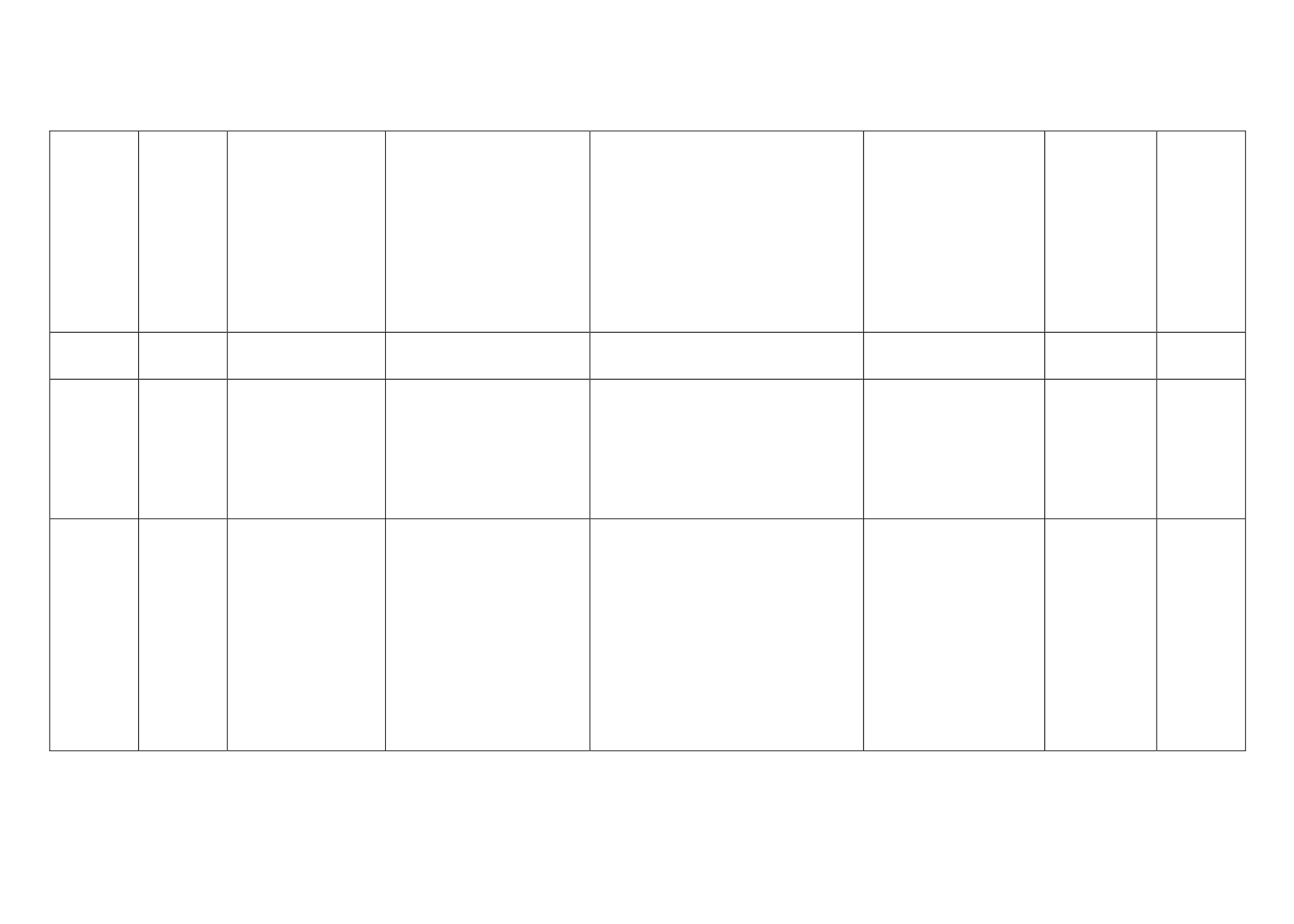

East
African
Commu-
nity (EAC)
07-Jul-
2000(G)
The tariff reduced gradually by
2% every year. At the in-
ception of the EAC Customs
Union, the highest rate was
10% duty on Kenyan goods im-
ported into Uganda. by Jan-
uary 2010, this had reduced to
0%.Tanzania’s offer to Kenya
at the inception of the EAC
Customs Union was a 6 band
tariff pegged at a high of 25%
and a low of 2%. By 2012, the
rates gradually reduced to 0%
Since coming into force of the Protocol,
goods to and from Uganda and the Tan-
zania have been duty free; and goods from
the Uganda and the Tanzania into the
Kenya have also been duty free. Category B
goods are eligible for gradual tariff reduc-
tion from maximum 25% (Tanzania) and
10% (Uganda) during the first year with a
phase out tariff reduction period of 5 years
for all products to 0%.
Goods from the Kenya into
the Uganda and the Tan-
zania categorized as Cate-
gory A are eligible for im-
mediate duty free treat-
ment
Burundi,
Kenya,
Rwanda,
the
United
Republic
of
Tanzania, and
the Republic of
Uganda
Yes
India
-
Malaysia
01-Jul-11
Comprehensive Eco-
nomic
Cooperation
Agreement (CECA)
India, Malaysia
Yes
Pakistan -
Malaysia
01-Jan-08
1st bilateral FTA be-
tween members of OIC
Normal Track: Tariff lines
placed by each Party in the
Normal Track respective base
rates reduced in accordance
with the schedule as shown
(pg2). Sensitive Track: Con-
sists of exclusion List. Tariff
lines placed by each Party in
the
Pakistan eliminate tariff on 43.2% of the
imports from Malaysia by 2012. On the
other hand Malaysia eliminate tariff on
78% of imports from Pakistan.
Pakistan,
Malaysia
Yes
Southern
Common
Market
(MERCO-
SUR)
29-Nov-
1991(G)
LAIA Reference:
AAP.CE N
◦
18. The
current
signatories
stated below are
"as notified by the
Parties".
However,
please note that the
Bolivarian Republic
of Venezuela is now a
Party of MERCOSUR.
Targeted the end of duty and
other non-tariff restrictions on
trading betweenArgentina and
Brazil by December 31, 1994,
and by December 31, 1995
for trade with Uruguay and
Paraguay. A programme of
gradual, linear and automatic
tariff reductions.
Products being adapted will be subject to
tariffs for domestic imports, and not in-
cluded in the free-trade zone, whose tariffs
are 0% for all member states. This adapta-
tion period will end in four years. (2)The
Brazil/Argentina exception lists contain
232 items; Paraguay, 253; and Uruguay,
212. The member nations can supplement
their national exception lists until April 30,
1995 (for Argentina, Brazil and Uruguay
the limit is 300, and for Paraguay, 399).
(3)With implementation of a CET (TEC),
it was initially possible to set a 0% TEC
for only 20% of the products, within the
flat 85% product tariff rate
Argentina,
Brazil,
Paraguay,
Uruguay,
Venezuela,
Bolivia
Yes

















